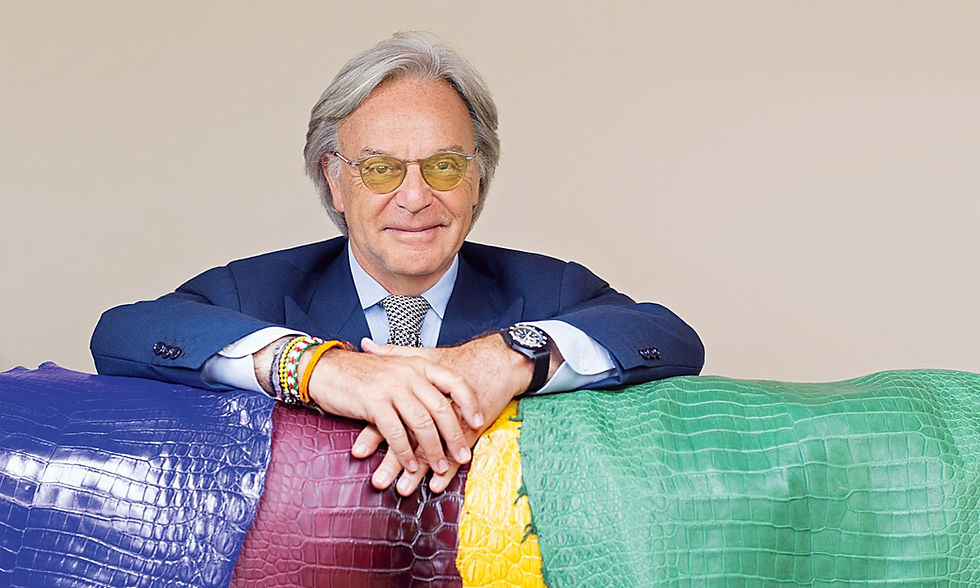SANREMO: BEHIND ARISTON’S CURTAINS
- federicabuoninfant
- Mar 22, 2023
- 2 min read

Let’s begin by looking at some numbers:
1290 euros for the theatre seat subscription,
188.000-413.000 euro for a 15 second commercial'
2 million and 180 thousand euro for tv promotions from 23.25 onwards
350 euro was Amadeus hiring fee
100.000 euro was Chiara Ferragni hiring fee
800.000 was the amount of money the Black Eyed Peas received.
The latter are only some of the costs incurred carried out by Rai for the 73rd edition of Sanremo’s musical festival. In total Rai made 50 million euro of revenues and paid 17 million euro in costs.
However, the event’s real platform was the phone, and not our televisions. Indeed, a second virtual stage showed a different reality: rather than portraying the orchestra and the music, it evolved around tweets, memes, likes, gifs, Instagram stories and the new Instagram “note” feature.
It has truly been a parallel of the music festival and with a vast and mainly young audience this “second stage” has attracted more views to the show. The host, Amadeus, was not only aware of the media hype but also used it to his advantage. He created his Instagram profile live during the first night of the music festival and has gained over 1 million and 8 thousand followers within a week. His marketing strategies, however, have been criticised: many argue that he used the media hype for his own interest: creating free publicity for himself.

The dialogue between the theatre (as seen on television) and the virtual reality that has been created through the use of social networks is without a doubt the revolutionary element of this edition’s musical festival. Selfies, Instagram lives, posts and stories, memes and “Fantansanremo” all dominated the virtual sphere. As was the opening and closing of co-host Chiara Ferragni, a very famous influencer, of the Sanremo Festival. It can be stated with certainty that both the use of television and social networks have been essential in bringing more viewers: indeed, at least one out of five Italians have seen the show.

However, zooming out of the focus on the interplay between television and social media, we come to see an overarching theme: the fusion of politics, art, the economy and society. For example throughout the festival we have witnessed cheerings for the President of the Italian Republic; at Blanco’s destroying of the stage; at Chiara Ferragni’s 10 high fashion dresses and 4 “complaint dresses”; at a minute of silence for Turkey and Syria’s earthquake; at President Zelens’kyj’s message; at songs that have been sung from singers in their 20’s and over octogenarians; at multiple tv promotions; international guests; political criticisms and explicit references to individuals associated to politics; remembered Lucio Battisti; honouring of the “foibe” massacres victims; theatrical monologues; celebrated the Italian constitution: it is not hard to believe that there hasn’t been only a fusion between social networks and television programs, rather also a fusion in the political, social, institutional, artistic and economical aspects.




Comments